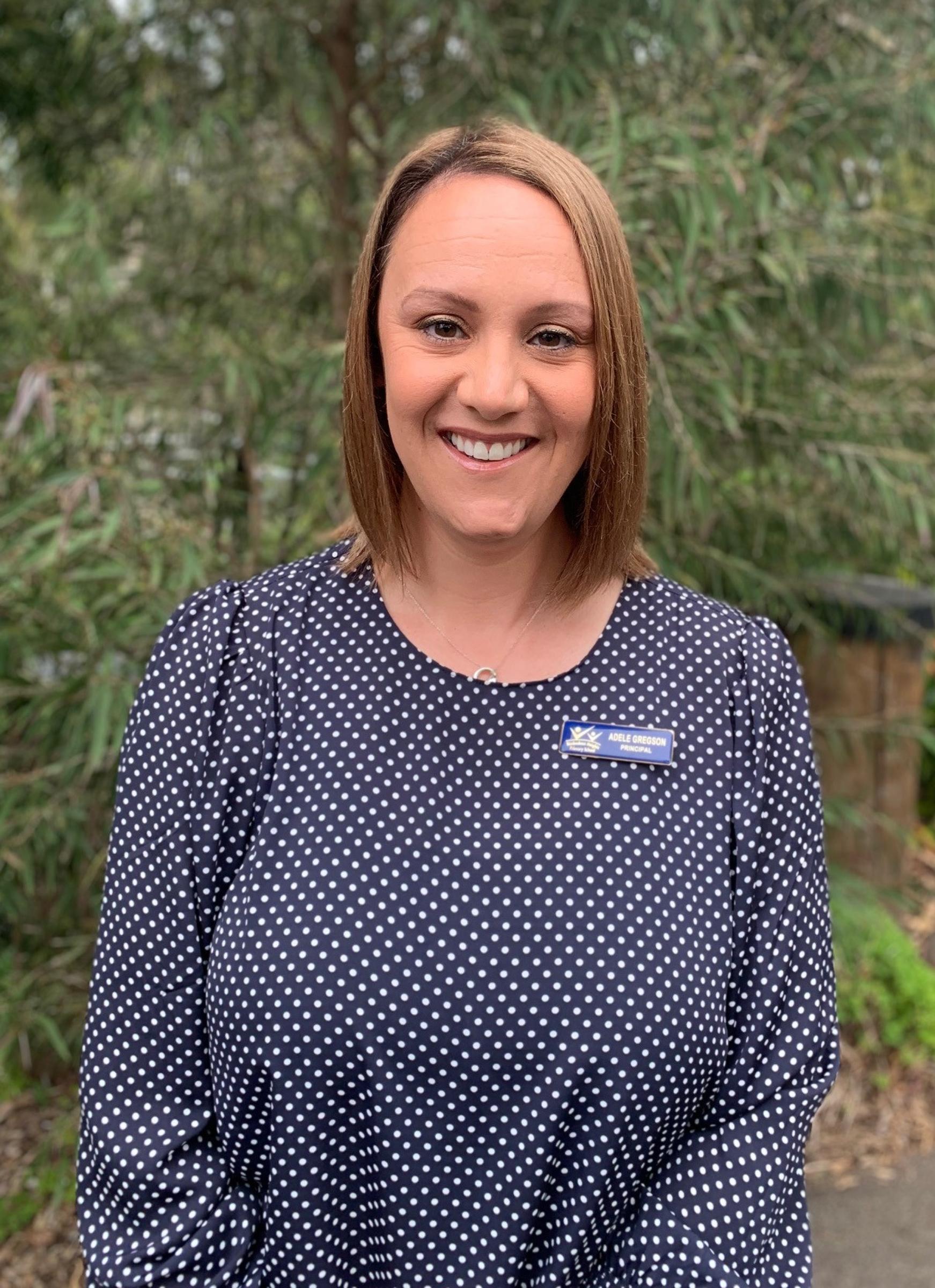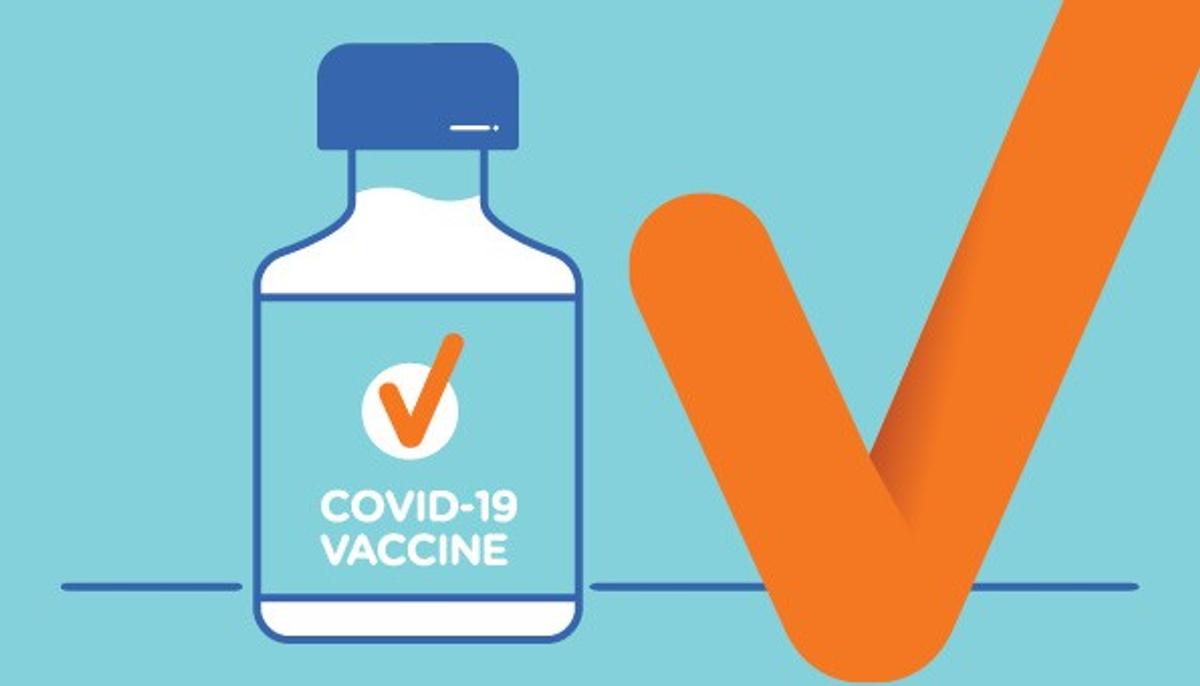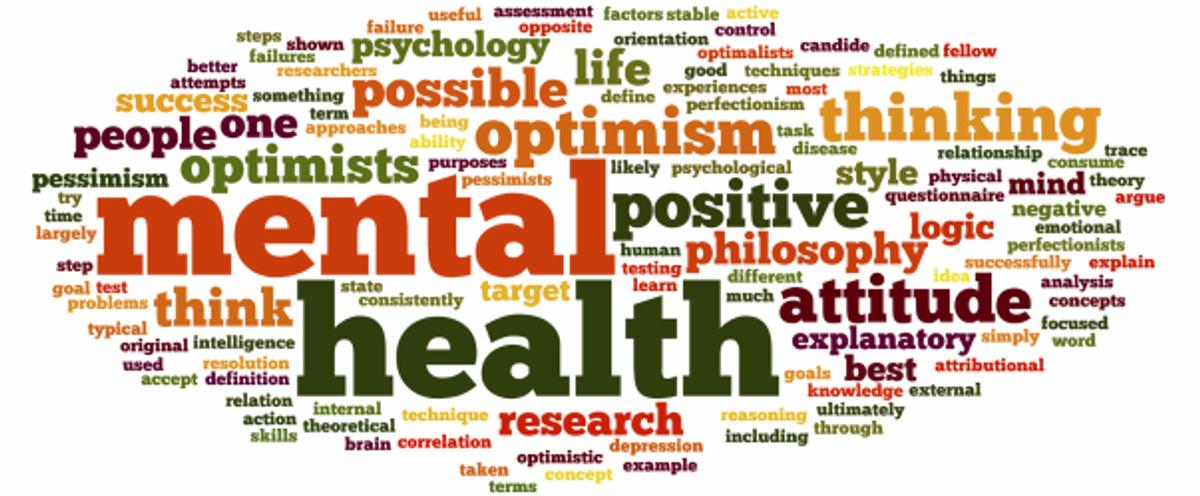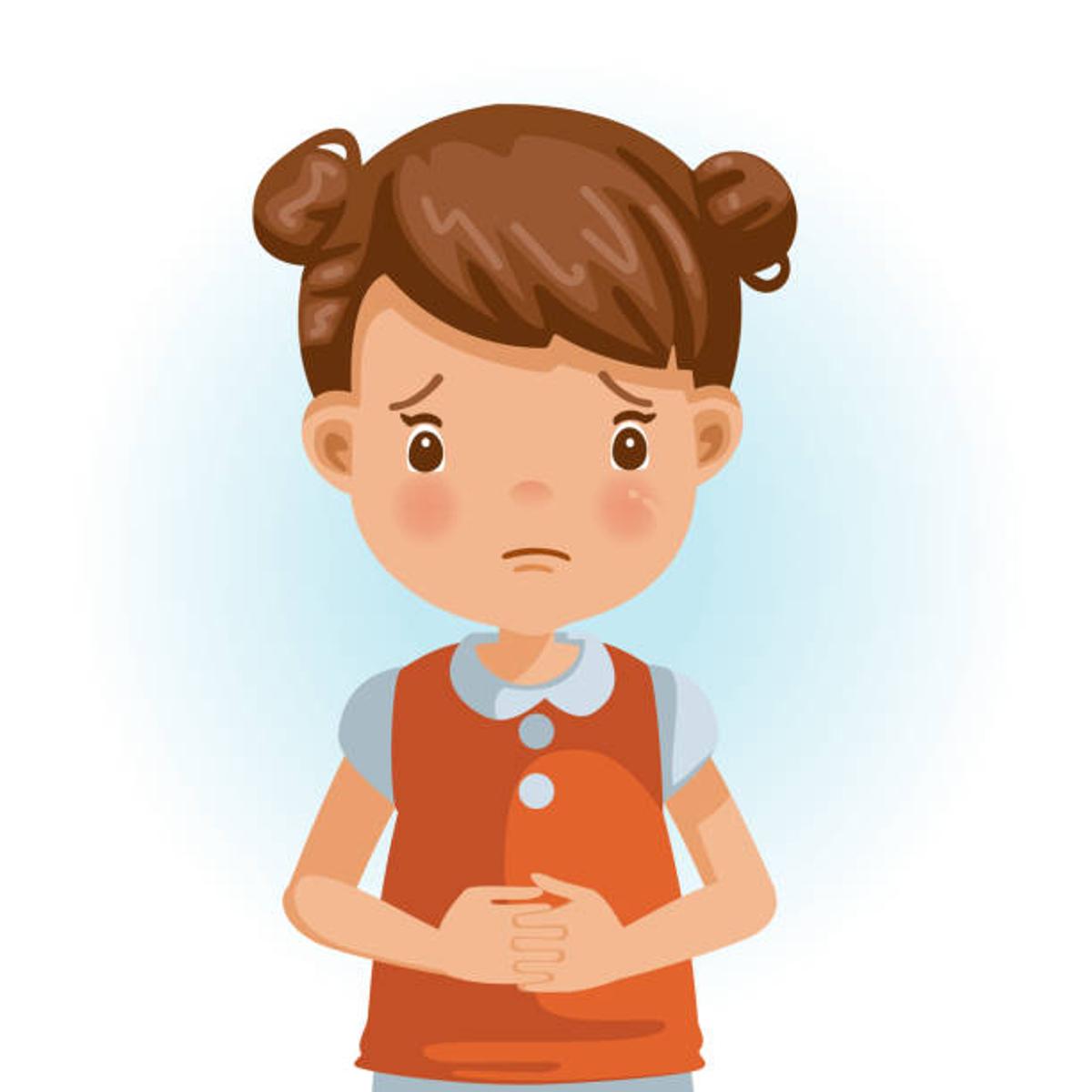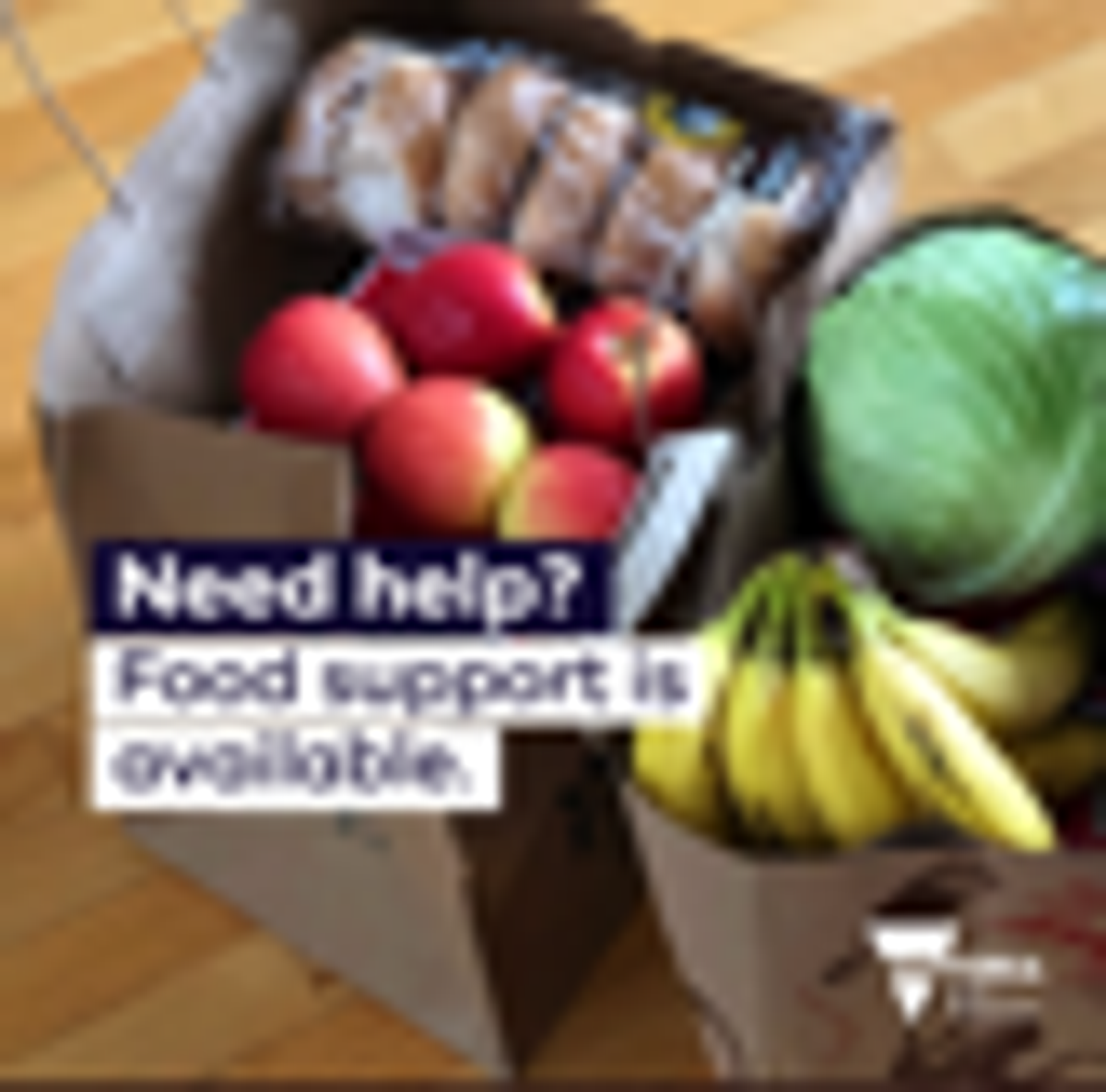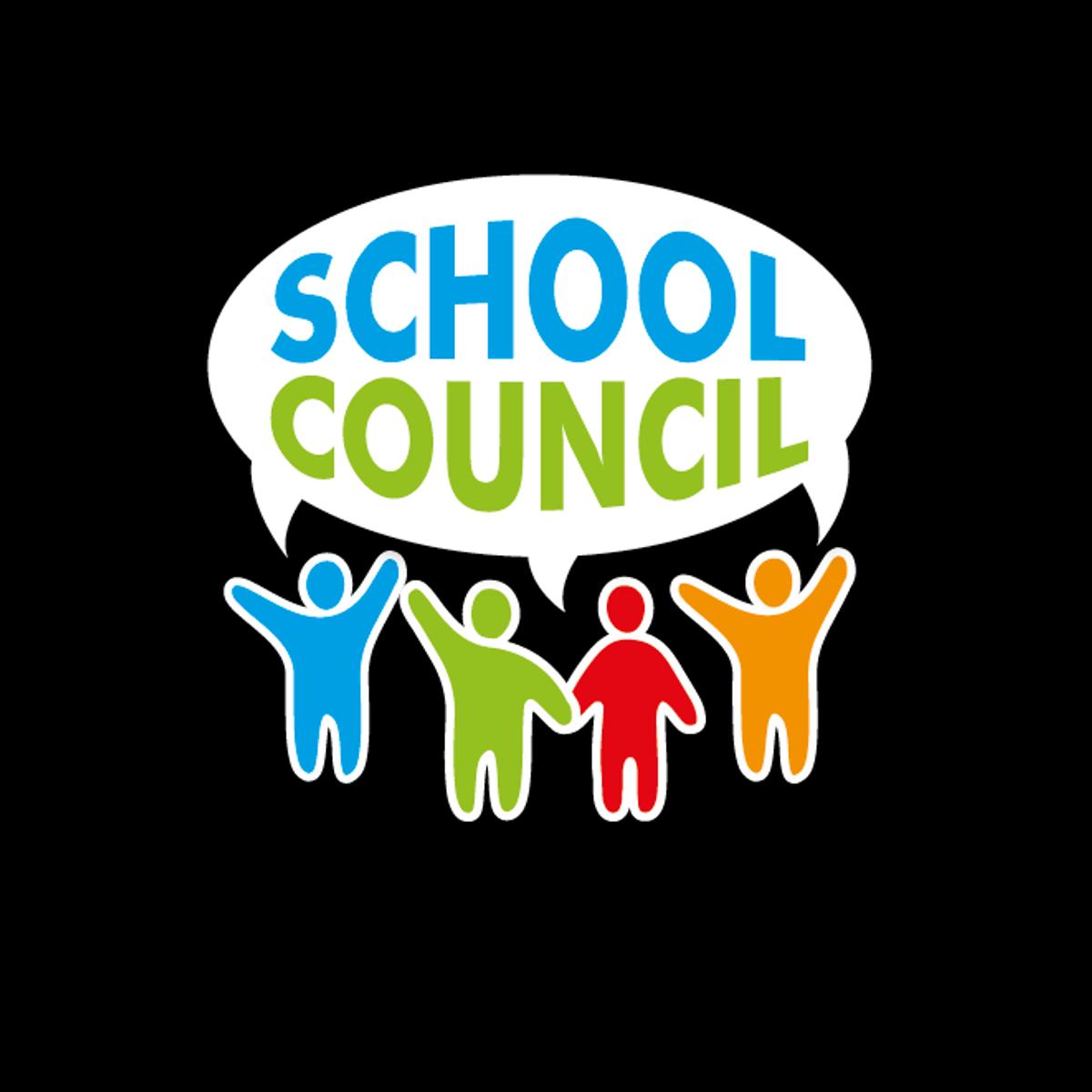Extension of Remote and Flexible Learning 6.0
Today was meant to be a day of celebration as we returned to learning onsite. However, with the extension of remote and flexible learning for another 14-day period, we are now looking to returning to onsite learning on Friday 3 September.
We would like to take this opportunity to thank our parents and carers for the incredible job you do in supporting the learning and wellbeing of your children. We know each of our Bimbadeen families are managing multiple complexities at this time, and we appreciate that you are doing your absolute best to support your children to continue to engage in learning while at home!
We would also like to thank our amazing staff for the work they do to support the academic learning and wellbeing outcomes of our students, whilst also navigating this difficult period for their own families.
The dedication, flexibility, and resilience of all members of our community are incredibly inspiring! Together we will get through this. Please take time to look after yourself and your family and remember that the health and wellbeing of your family should be your first priority always.
Parent, Carer and Guardian Opinion Survey 2021
We're conducting a survey to find out what you think of our school. The Parent, Carer and Guardian Opinion Survey (formerly known as the Parent Opinion Survey) is completed annually by the Department of Education and Training and is conducted amongst a sample of randomly selected parents at every school in Victoria. This year, about 30 per cent of parents will be invited to participate. All responses to the survey are anonymous.
The survey helps our school gain an understanding of how you view our school climate, student engagement, and relationships. Our school will use the results to inform school planning and improvement strategies. The survey will be conducted online by ORIMA Research Pty Ltd and only takes about 15 minutes to complete.
Results will be sent back to our school at the end of September, reported to School Council and made available to the school community.
If you are one of the randomly selected parents or carers you will have already been notified via email with a link that will take you directly to the survey.
Thank you in advance for completing this survey.
COVID-19 Vaccination Update for Students
As part of the phased COVID-19 vaccination rollout, more Victorian school students are now eligible to receive the Pfizer COVID-19 vaccine.
From Monday 9 August, children aged between 12 to 15 years old are eligible to receive a Pfizer COVID-19 vaccine if they: · identify as Aboriginal and Torres Strait Islander · have a specified medical condition.
People aged 16 years and older continue to also be eligible under these categories, to get a COVID-19 vaccine.
The Australian Technical Advisory Group on Immunisation will provide further advice on the broader 12-to-15-year age group in coming months.
As more COVID-19 vaccine doses become available more people will be able to get vaccinated.
The free and safe vaccines being used in Australia are very effective at preventing serious illness and loss of life from COVID-19.
Eligible young people and their parents or guardians should speak to their doctor if they have questions about the COVID-19 vaccine and their health. For more information about eligibility, visit coronavirus.vic.gov.au or use the Australian Government’s COVID-19 vaccine eligibility checker.
For further assistance, contact:
· the Department of Health Coronavirus hotline: 1800 675 398
· the National coronavirus and COVID-19 vaccine helpline: 1800 020 080.
Battling Lockdown Fatigue
As we enter an extended period of lockdown and remote and flexible learning, lockdown fatigue is beginning to set in with many of our staff, students and parents and carers. Over the weekend, Mrs Gregson came across a great article, written by Dr Tom Brunzell, Director of Education at Berry Street Victoria. Dr Brunzell’s article provides three strategies to help bolster our resilience during this challenging time. We encourage you to grab a cuppa and take 10 minutes to read the article below:
Article: Battling Lockdown Fatigue: Three Strategies to Bolster our Resilience
by Dr Tom Brunzell, Director of Education, Berry Street Victoria
All parents have come to know the feeling well—the nervous stomach and in-take of breath each morning when checking the news. One day it’s relief that no news is good news; the next may bring alert to significant disruption in our community’s rhythms and routines. None of us anticipated that we would still be contending with these disruptions, and understandably, we are all tired of the hypervigilance and the need to stay aware of our communities’ collective health and wellbeing.
In our research and practice, we share this message with parents, teachers, and allied education professionals: Unpredictability equals risk. It’s a theory that has arisen from our teams which helps us understand that when we perceive the world as unpredictable, the unpredictability itself feels risky to us. Thus, we will do things to mitigate the risks to our routines and to our safety for the care and education of our children. Sometimes we make healthy choices to account for this risk (e.g., checking-in with each member of our family, preparing healthy food) and sometimes, we choose some less-healthy choices to make it through the day (e.g., going straight for the carbs!).
Working together, parents and teachers have the necessary and ambitious task to maintain a resilient mindset to bolster our children through the ongoing disruptions to the world they inhabit and particularly to classroom learning. The research clearly suggests that resilient children are flexible when managing everyday speedbumps and can meet their own needs in developmentally healthy ways. We can understand why the continuing challenges to our collective flexibility and the seemingly unending need to make healthy choices are tiring us out.
So, what can we do to renew ourselves to keep taking the next step—one step at a time?
Here are three strategies for adults to enact in support of the children we parent, educate and support. When parents and teachers work together and consistently model these strategies for children, our evidence suggests two things happen: Children begin taking on these resilient mindsets for themselves; and adult wellbeing also increases. While many of us are running on reserves, this is promising practice. It can be energising to know that these strategies serve dual purposes.
Strategy One: Increase Co-Regulation
Co-regulation occurs when adults behave in deliberate ways to soothe the heightened central nervous systems of children.
The sympathetic nervous system is activated when we perceive threat and uncertainty in order to mobilise the body’s resources for survival, and when we soothe this system, we activate the parasympathetic nervous system which allows our bodies to rest and de-escalate. It’s helpful to consider that we hold our stress non-verbally, stored within the body. We all feel it as we check the news each morning and sigh with empathy for communities that are doing it tough.
Successful co-regulation of children can be most effective through non-verbal positioning when children are heightened. Instead of standing over children in times of need, lower your own body’s position to be eye-to-eye with them. Even better (if you have the flexibility) crouch lower than the child’s eye level to look up at them when soothing or supporting. We also suggest side-by-side, shoulder to shoulder interactions to avoid eye-contact in a less confrontational way.
The best strategy for co-regulation? Move forward to together. Walking to the park, taking care of the family pet, or riding in the car. All of these examples of side-by-side interactions co-regulate both child and adult; and can allow for open dialogue to begin.
Strategy Two: Increase Micro-Moments of Relationship
A healthy relationship between a child and adult is often thought of a big thing, as in, strong continuous attachment over time. While this is certainly true, we find it useful to narrow our focus all the way down to micro-moments of interaction. These micro-moments occur when children look up to parents and teachers for the silent nod of approval or a compassionate smile. They also occur in the ways we request children to manage their own tasks and chores or take responsibility for a momentary rupture.
We can make micro-moments count, and these moments have some big payoffs. The momentary release of positive neurochemicals (e.g., oxytocin, dopamine, serotonin) fortify the body’s ability to manage stressors which can allow children to see adults as safe haven for their times of need and secure base to explore the world. Everyone can use more micro-moments of positive relational interaction. By considering healthy relationship building as a series of small, everyday moves, it can feel more possible to manage the relational ruptures that occur for all of us from time to time.
Strategy Three: Maintain Focus on What’s Working Well
The direct and vicarious impacts of stressors we face can certainly put us in a deficit-mindset. Understandable to be sure. Our negativity bias is strong and undeniable because, again, that’s kept us alive to manage significant threats in our evolutionary past.
When we encounter situations, we do not want to see, our brains catastrophise as a natural survival mechanism by activating us to think, “Yikes! What is wrong here?” Therefore, it takes conscious effort to take a breath, reframe our assessment of a child’s struggle and ask the opposite question: “What’s working well?”
All children have strengths that adults must identify, articulate and help children practice. Even when a child shows stubborn persistence, it’s still persistence that we can recognise as a strength—even if it’s being overused in a particular moment. If we can reframe our assessment to spot these strengths, we can begin to recreate the conditions of success for children and fortify their internalised self-talk. Many children struggle because they catastrophise and quickly forget that they do have strengths that can serve as resources and effective strategies to meet their own needs in healthy ways.
By considering these three strategies: increasing co-regulation, increasing micro-moments of relationship, and maintaining focus on what’s working well, we can increase our children’s abilities to manage speedbumps with more flexibility, in addition to building trust and credibility with them so that they can eventually manage their everyday concerns on their own.
Article accessed via Kiddipedia at https://kiddipedia.com.au/battling-lockdown-fatigue-three-strategies-to-bolster-our-resilience/ on Monday 16 August 2021.
Food Hampers Available
Food Hampers continue to be available to members of the Bimbadeen community, thanks to the generosity of Foodbank Victoria, through our school Breakfast Club program. If you or someone you know would benefit from receiving a food hamper, please contact the school office during school hours and we will organise a hamper for you.
School Council Update
Bimbadeen Heights PS School Council is committed to sharing our work with the Bimbadeen community. To strengthen communication between council and our parents/carers, each newsletter we will be sharing information about School Council, including general information about the functions and operations of council and the specific work of our own council at Bimbadeen.
This newsletter, we would like to share information about School Council meetings. The following information explains how School Council meetings work at Bimbadeen Heights Primary School:
School Council meetings:
- are held at least 8 times per year (unless the Minister has approved less meetings) and at least once per school term
- must achieve a quorum for a meeting to proceed (this is when not less than one half of the school council members are present, and the majority are not Department employees)
- are attended by members of the school council in person or if unable to attend personally, by videoconferencing or teleconferencing
- are conducted in accordance with the school council’s Standing Orders
- are resourced with support and relevant information by the principal
- are open to members of the school community, unless the council determines the need for a closed meeting or a closed component of the meeting.
School Council keeps records of decisions made at council meetings and resulting actions required and completed.
School Council meetings are chaired by:
- the president of the school council, other than the meetings to appoint community members and elect office bearers, which are conducted by the principal as executive officer, or
- the vice-president, if the president is unable to preside
- a member of the council (other than a member who is a Department employee), if the president is unable to preside, or the vice-president is unable to preside at the meeting.
School council calls a public reporting meeting once a year to:
- report council proceedings (key activities and achievements)
- present the annual report
- present a copy of the audited accounts, if the accounts have been audited.
If you have any matters that you would like discussed at our next School Council meeting, please reach out to a member of council. Our membership includes:
- Executive Officer: Adele Gregson (Principal) Adele.Gregson@education.vic.gov.au
- President: Troy Hovey
- Vice President: Kate Hession
- Treasurer: Andrew Lanigan
- Minutes Secretary: Bree King Bree.King@education.vic.gov.au
- General committee members:
- Parent Members:
- Matthew Genever (Until March 2023)
- Matthew Richardson (Until March 2023)
- Angela Moody (Until March 2023)
- Janet Hatvani (Until March 2022)
- Morgan Gardiner (Until March 2022)
- Paul Canning (Until March 2022)
- Lauren Elliott (Until March 2022)
- School Employee Members:
We look forward to continuing our school improvement work with School Council with a focus on improving student outcomes.
We hope you and your family enjoy a lovely weekend together. Please reach out if you need support during this challenging time.
Adele Gregson and Sabrina George

